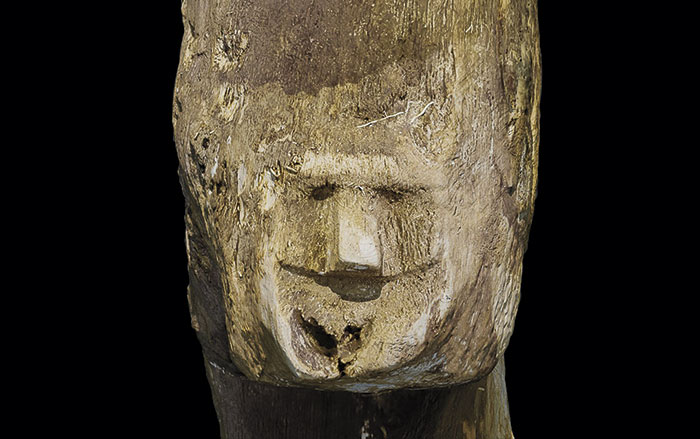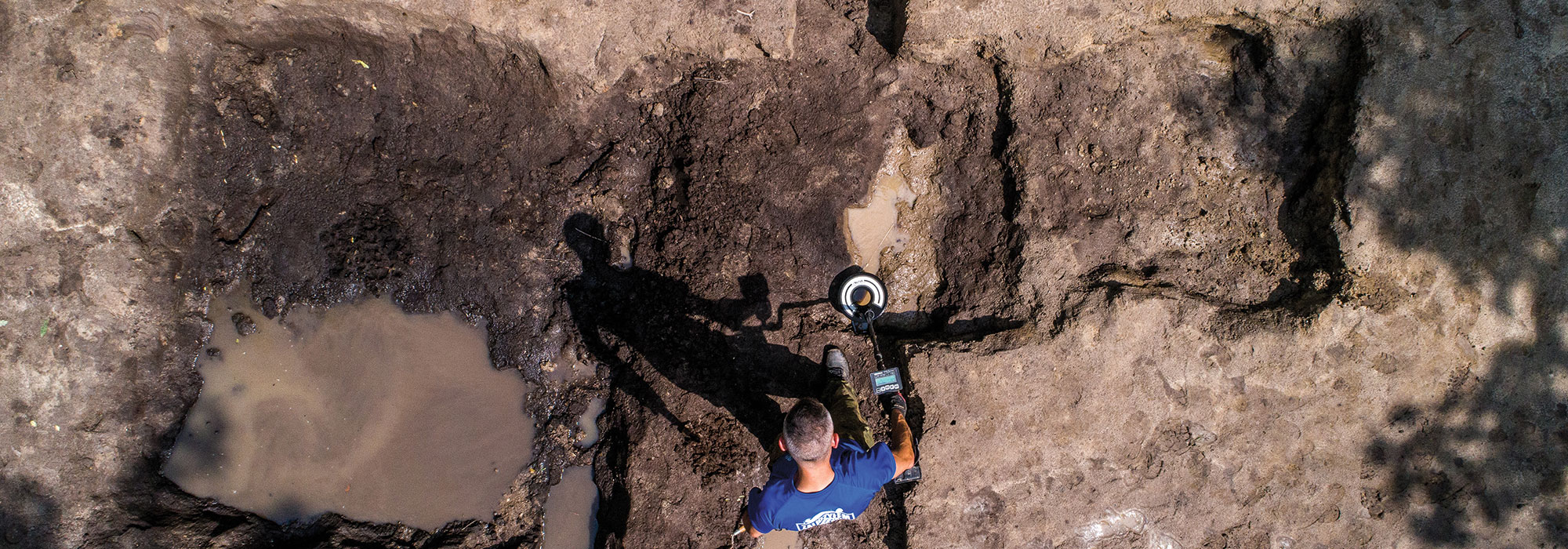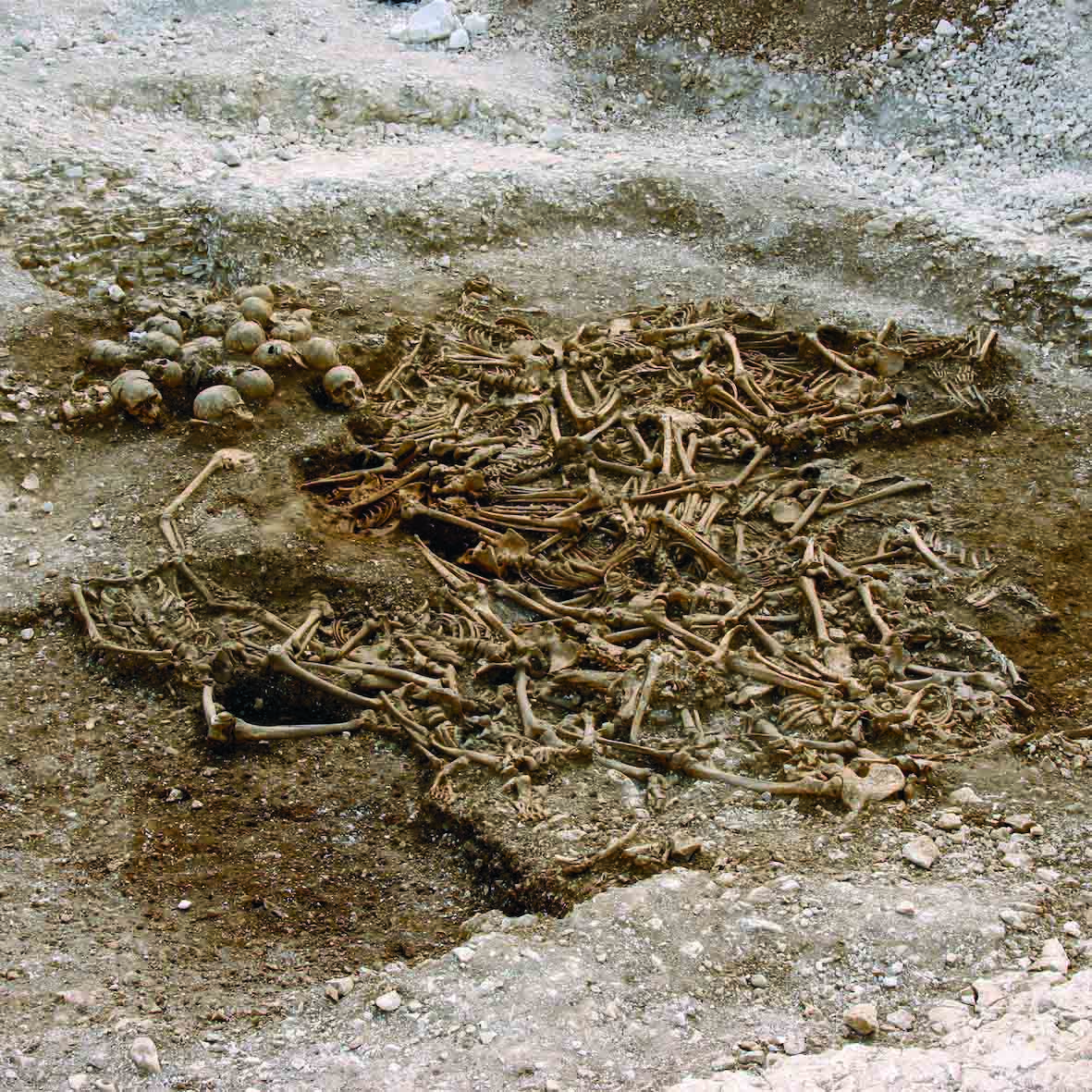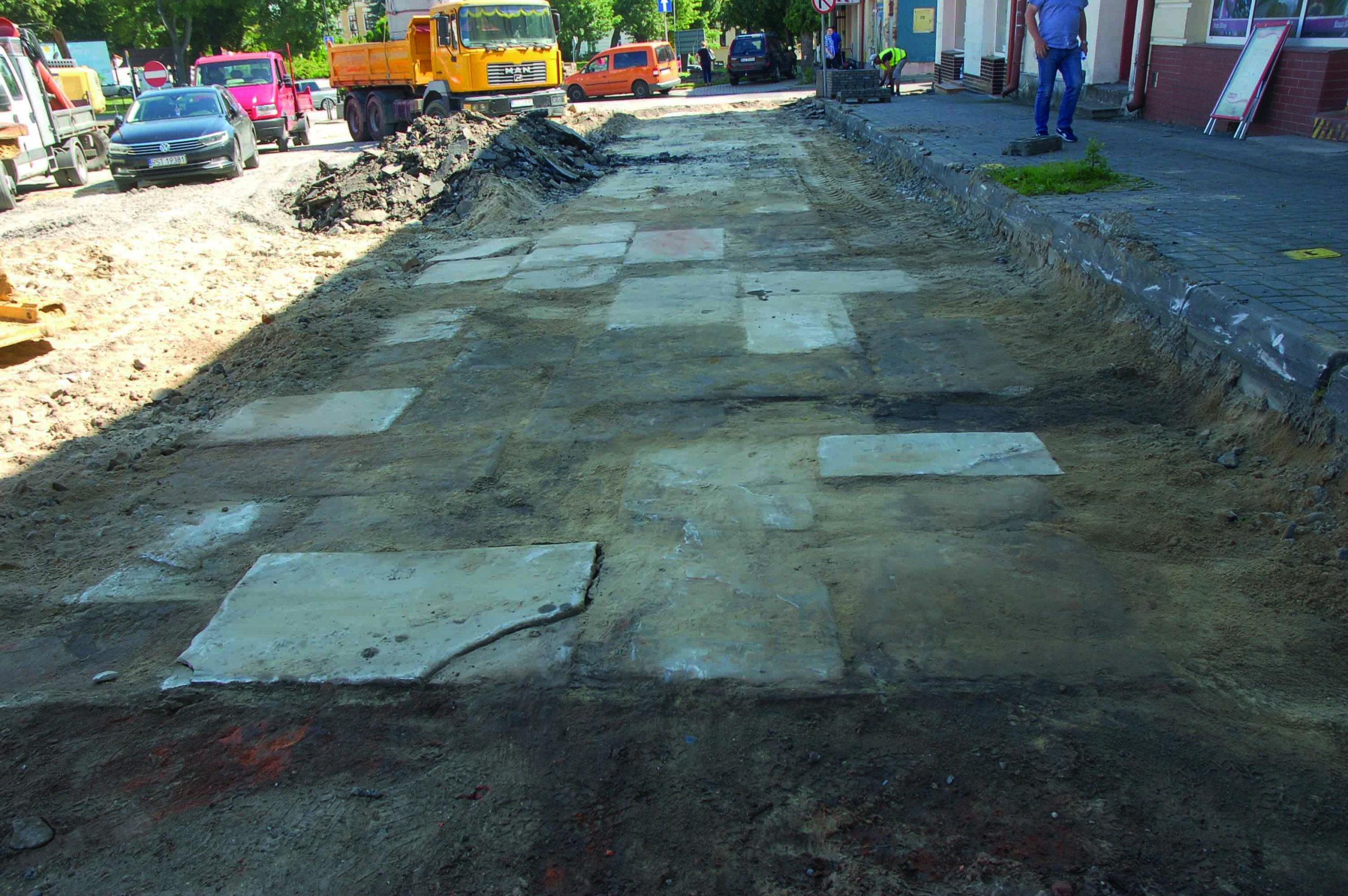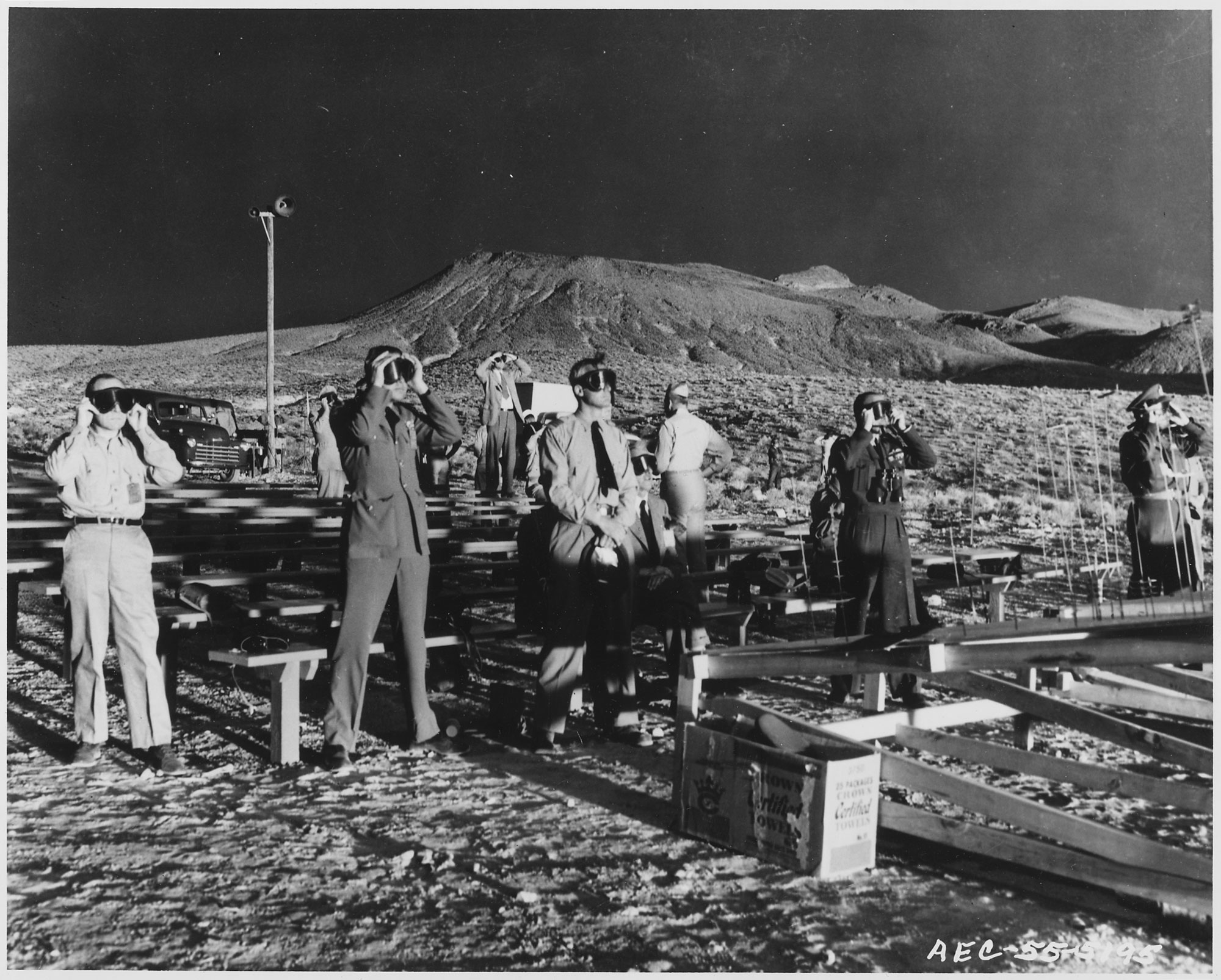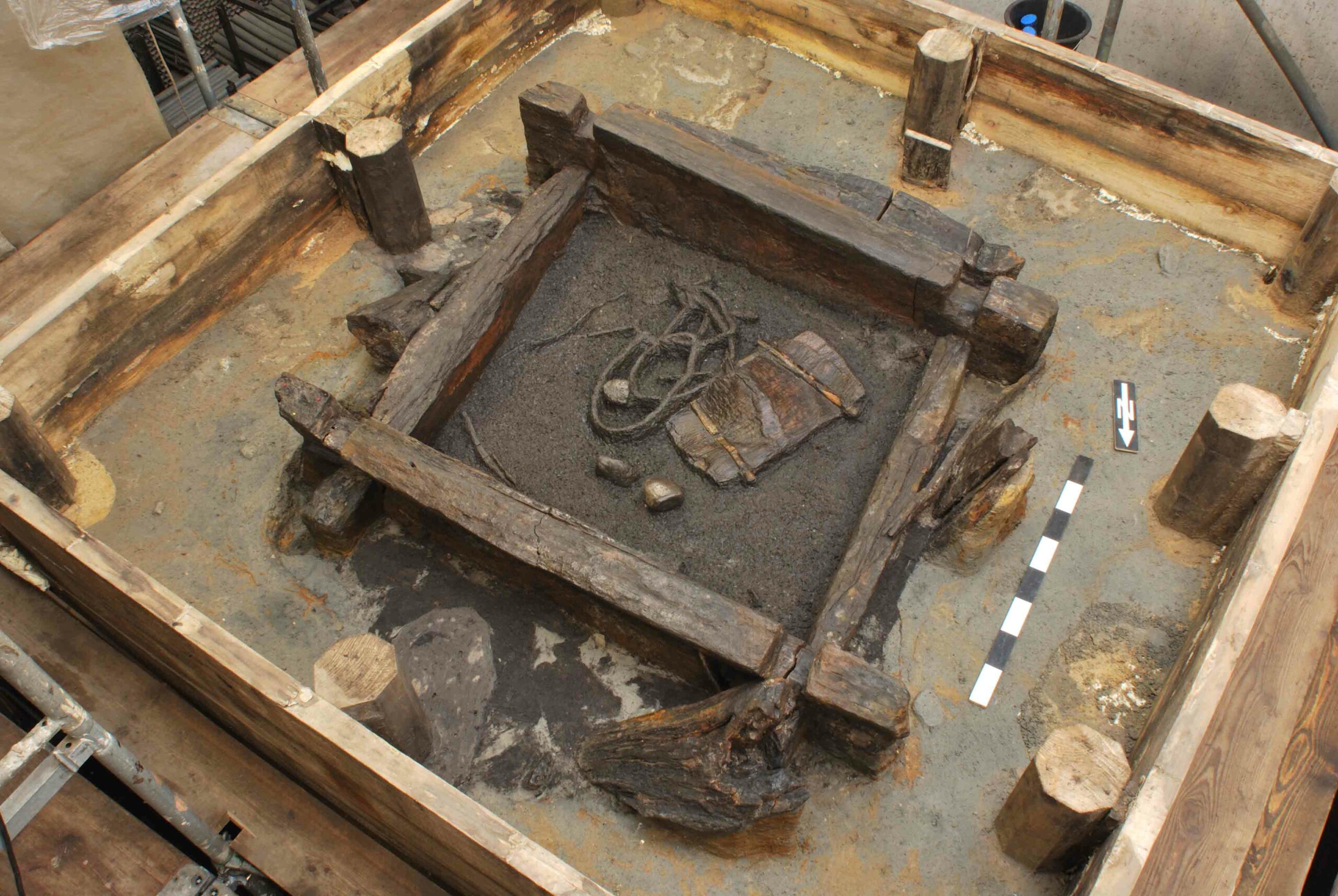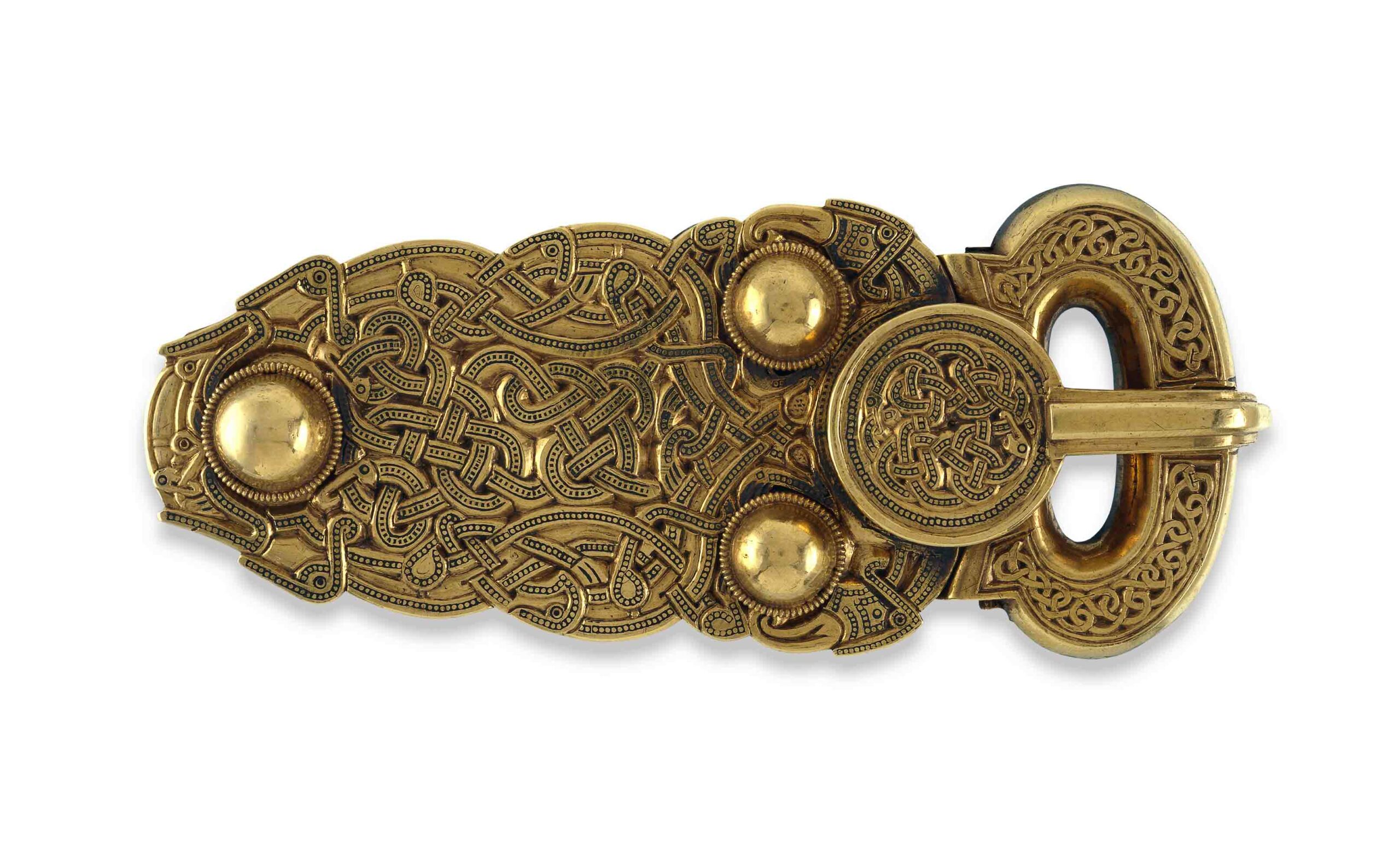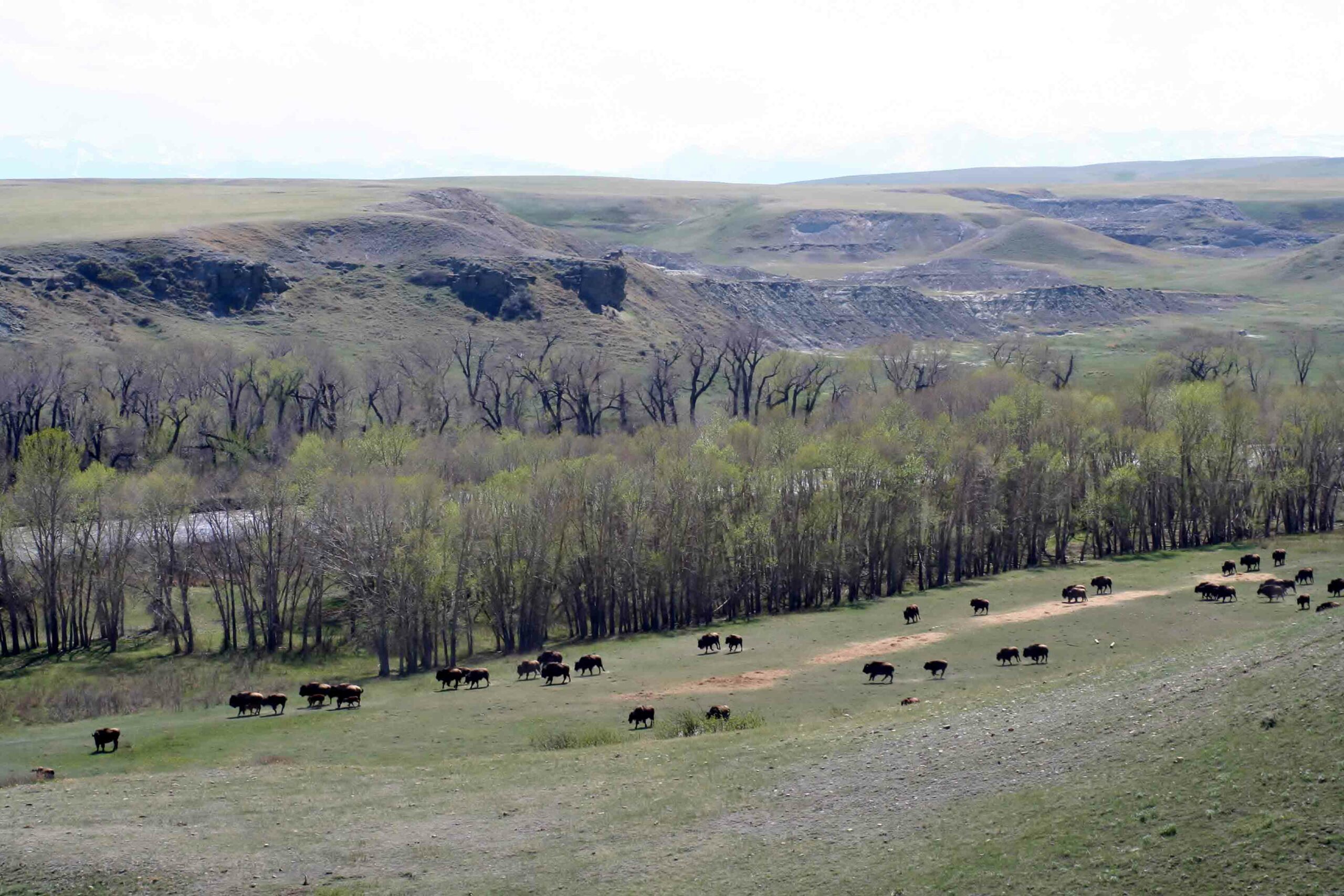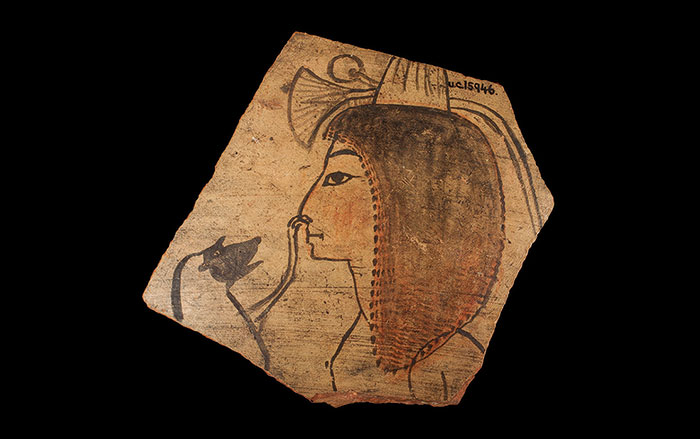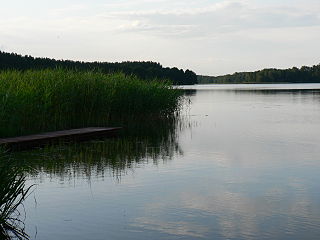
POZNAŃ, POLAND—Lukasz Pospieszny of the Polish Academy of Sciences has used new carbon 14 dates to explain discrepancies at a site discovered 15 years ago in northern Poland. The burials, found on an island in Lake Lańskie, appeared to be from the Corded Ware culture, but carbon dating of the human bones indicated that the site was 1,000 years too old for that to be the case. “The C14 method is based on the carbon isotope analysis, the content of which in the atmosphere is quite stable and predictable. The situation is different in an aqueous environment, where so-called old carbon can be present,” he told Science & Scholarship in Poland. Large quantities of mussel shells at the site suggest that the people may have ingested this “old carbon.” Pospieszny and his colleagues sent decorated tiles made from deer antlers that had been discovered in a child’s grave to the Oxford Radiocarbon Accelerator Unit and obtained dates in the expected range for the Corded Ware culture. Yet some things about the site are still puzzling—members of the Corded Ware culture in other locations in Europe did not usually fish or consume freshwater shellfish. “Objects found in the graves indicate that the inhabitants of the island belonged to shepherd communities, but their diet was different,” he said. He thinks that the people may have adopted some Neolithic agricultural techniques while retaining some traditional means of hunting and gathering. To read about how researchers are refining the technique of carbon dating, see "Dating on a Curve."



